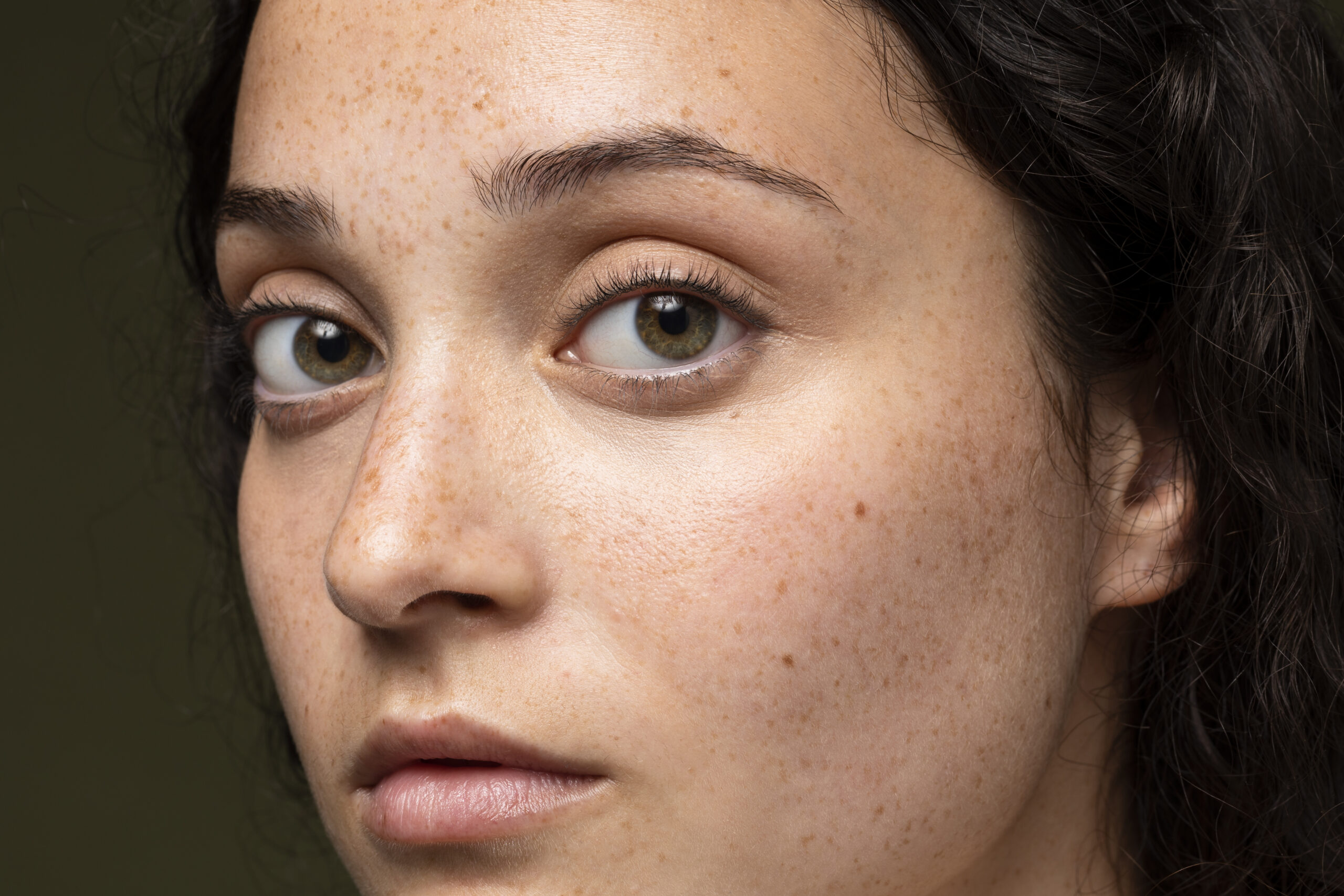
28 Sep Types Of Pigmentation Treatment | Skin Specialist in Penang
Pigmentation issues, such as hyperpigmentation and hypopigmentation, can affect the appearance and confidence of individuals. These skin concerns often arise from imbalances in melanin production and distribution, triggered by factors like sun exposure, hormonal fluctuations, or skin injuries. Fortunately, there are various pigmentation treatments available to help manage and reduce these issues. In this comprehensive guide, we will explore the diverse range of pigmentation treatments, shedding light on their benefits, potential risks, and essential considerations. Whether you’re dealing with dark spots, uneven skin tone, or lighter patches, understanding the options available is the first step towards achieving healthier and more radiant skin.
Understanding Pigmentation
Before diving into the treatments, it’s important to understand what pigmentation is. Pigmentation refers to the coloration of the skin, determined by the presence and distribution of a pigment called melanin. Melanin is responsible for giving your skin, hair, and eyes their specific color. When melanin production becomes irregular or excessive in certain areas, it can lead to pigmentation issues.
Common types of pigmentation problems include:
Hyperpigmentation
This occurs when certain areas of the skin become darker than the surrounding skin due to an overproduction of melanin. Common causes include sun exposure, hormonal changes, and skin injuries.
Hypopigmentation
In contrast to hyperpigmentation, hypopigmentation results from a decrease in melanin production. This can lead to lighter or white patches on the skin and may be caused by various factors, including autoimmune conditions and skin injuries.
Types of Pigmentation Treatment
Now, let’s explore the types of treatments available for pigmentation issues:
1. Topical Treatments
Topical treatments are often the first line of defense against pigmentation problems. These products are applied directly to the affected area and work by inhibiting melanin production or promoting its even distribution. Common topical treatments include:
Skin-lightening creams: These contain ingredients like hydroquinone, kojic acid, or glycolic acid, which can help reduce hyperpigmentation.
Retinoids: Retinoids, such as tretinoin, can promote skin cell turnover, improving skin texture and reducing pigmentation.
Vitamin C serums: Vitamin C has antioxidant properties and can help brighten the skin while reducing the appearance of dark spots.
While topical treatments can be effective, they often require consistent use over several weeks or even months to see noticeable results.
2. Chemical Peels
Chemical peels involve the application of a chemical solution to the skin, which exfoliates the outer layer, revealing fresh, less pigmented skin underneath. Chemical peels can be categorized into three levels:
Superficial peels: These are mild and are mainly used for treating minor pigmentation issues and improving skin texture.
Medium peels: Medium-depth peels penetrate deeper into the skin and can address moderate pigmentation problems.
Deep peels: Deep peels are the most aggressive and are typically used for severe pigmentation issues, but they may require significant downtime for recovery.
Chemical peels should be performed by a trained professional to minimize the risk of complications.
3. Laser and Intense Pulsed Light (IPL) Therapy
Laser and IPL treatments use concentrated light energy to target pigmentation issues. They work by breaking down the melanin pigment in the skin, which is then naturally eliminated by the body. These treatments can effectively treat various pigmentation concerns, including age spots and melasma. They are also used for tattoo removal.
Laser and IPL treatments are generally safe when performed by experienced doctors, but there can be some side effects, such as temporary redness and swelling.
4. Microneedling
Microneedling, also known as collagen induction therapy, uses tiny needles to create micro-injuries in the skin. This stimulates collagen production and can improve the appearance of pigmentation problems, scars, and fine lines. In some cases, microneedling is combined with topical serums or platelet-rich plasma (PRP) for enhanced results.
Considerations and Precautions
Before undergoing any pigmentation treatment, it’s crucial to consult with a dermatologist or a qualified skincare professional. They can assess your skin condition, recommend the most suitable treatment, and discuss potential risks and benefits.
Additionally, regardless of the treatment chosen, it’s essential to practice proper sun protection. Sun exposure can exacerbate pigmentation issues, so using sunscreen with a high SPF, wearing protective clothing, and avoiding excessive sun exposure are key to maintaining results and preventing further pigmentation problems.
Conclusion
In conclusion, pigmentation issues can be distressing, but there are various treatment options available to address them. The choice of treatment should be based on the type and severity of the pigmentation problem, as well as individual preferences and considerations. Always seek professional advice and carefully follow post-treatment instructions for the best results and to minimize potential risks. With the right approach, achieving more even and radiant skin is possible for many individuals. If you are still searching for the best aesthetic clinic in Penang that provides pigmentation treatment, our A Klinik Signature will be the one for you. Whether you’re looking for skin rejuvenation, body contouring, or acne treatments, A Klinik Signature has a range of services to help you achieve your desired aesthetic goals. So why wait? Book your appointment today and take the first step towards a more confident and beautiful you!
Contact us today to get started. Click the button below!
Enjoyed this blog? For more blogs regarding skin treatments, check out our blogs!
Make An Appointment




Sorry, the comment form is closed at this time.